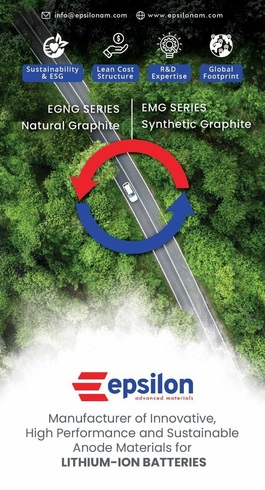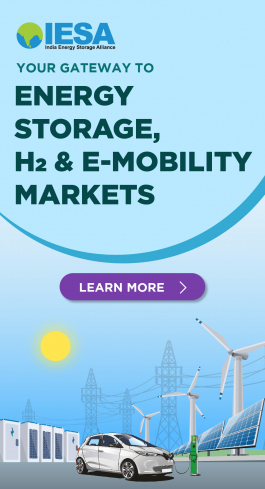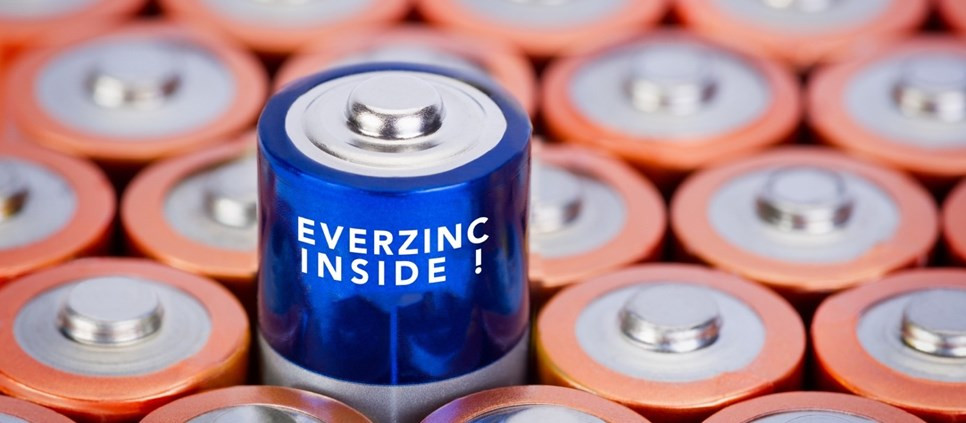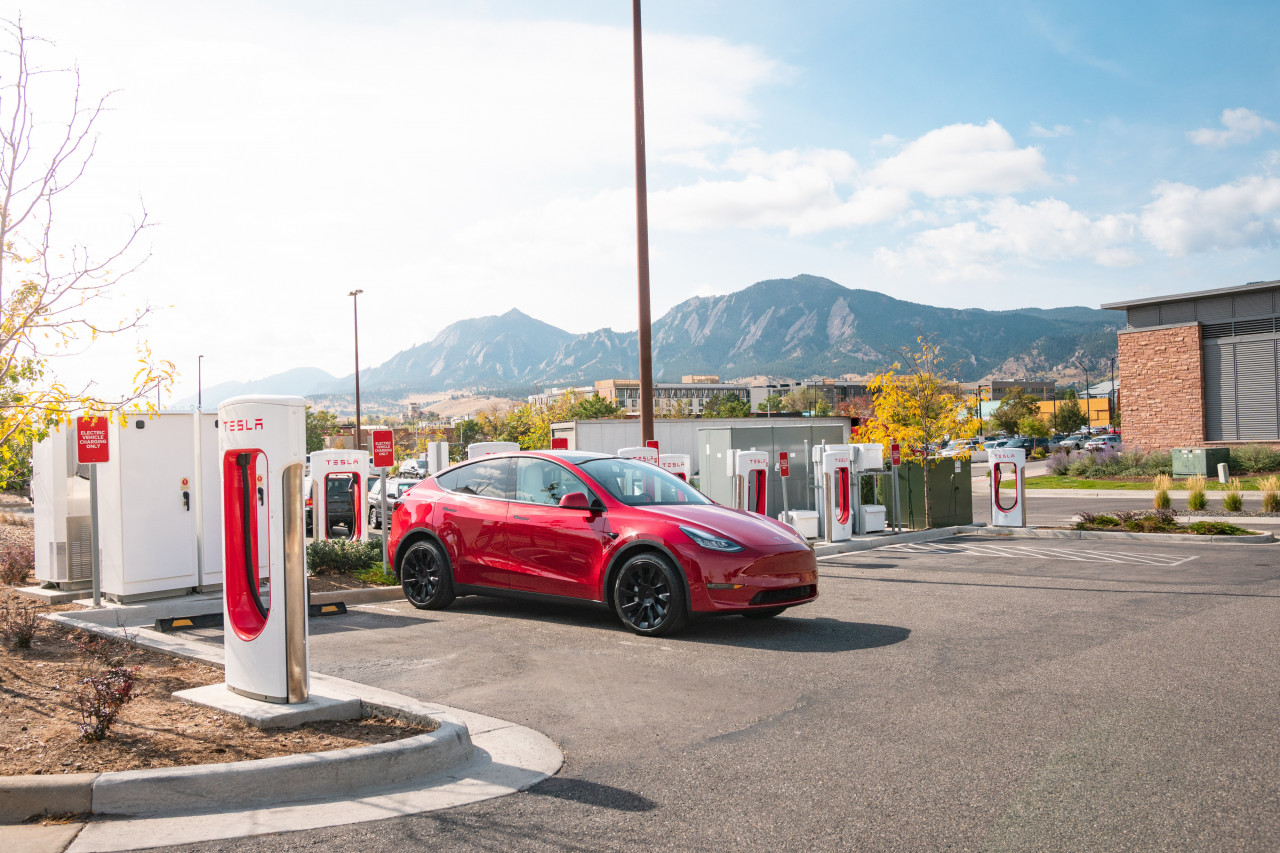Promising battery technologies for future EV use
As electric vehicles are becoming popular all over the world as an eco-friendly alternative, high costs and environmental issues connected with Lithium and Cobalt are cause of concern. People are searching for long term viable cost-effective and eco-friendly alternatives to Li-ion batteries. Capacitor specialist and industry consultant R P Deshpande*, writes here about some of the alternative batteries under development in different parts of the world.
SODIUM ION BATTERY (SIB)
Contemporary Amperex Technology (CATL), a global leader in alternative technologies, has developed sodium-ion battery with energy density of 160 Wh/kg (and hopes to increase it to 200 Wh/kg), an economic replacement for lithium-ion battery. While the energy density is slightly lower than a lithium-iron-phosphate (LFP) battery, the temperature performance is excellent with high temperature tolerance.
Sodium is the sixth-most abundant element on earth. It is easy to extract and is available in every part of the world. Cost of material and cell costs for this battery chemistry are 24 percent lower than LFP cells. Among the major plus points - it can be discharged completely to zero SOC, and hence can be transported totally discharged with full safety.
SIB is bulkier than NMC battery, comparable to LFP battery in energy density, and almost 30-40 percent cheaper than Li-ion battery, which is a great advantage.
Benefits of SIB over Li-ion
1. Sodium is abundantly available in nature
2. Lower battery cost
3. Stable over wide temperature range
4. Good low temperature behaviour
5. Longer lifespan
6. Non-flammable, hence safer
7. Fast charging
8. Easily recyclable components
Nissan is setting up a giga factory in UK for SIBs. Current generation of these batteries, if advanced to mass production, can be competitive against LFP (and replace Pb-Acid) and NMC cells. SIBs are not expected to fully replace Li-ion batteries, and the two will meet application needs of different market segments. However, SIBs could be a good replacement for lead-acid batteries.
SIBs are suitable for fields that do not require high energy density but are cost-sensitive, and will mainly be used in stationary energy storage and in two-wheeled vehicles, as also light city vehicles, where energy densities lower than LFP are acceptable.
RELATED: 24M bags $3.2 million US Federal funding to develop Sodium-metal EV batteries
BYD is set to launch its first SIB cars in 2023: Qin EVs - Dolphin and Seagull hatch - with range of 300 km. Another model with 400 km range is on the anvil. Reliance Digital, with technology from Faradion (U.K.), is setting up SIB giga factory in Jamnagar, Gujarat in India.
METAL AIR BATTERIES
Fundamental working principle of a metal-air battery is to electrochemically reduce oxygen from air and oxidize the metal. Metal changes into ions on the anodic electrode while oxygen transforms into hydroxide ions at the cathode. Diffusion of oxygen occurs through a diffusion layer, and electrons are produced in the process.
Aluminum Air Battery
This battery does not require charging (being a primary battery), and provides long-range lightweight, cost-efficient recyclable alternative. Due to its light weight and high energy density, aluminum-air battery increases the driving range of electric vehicles. Further, aluminum is abundant in nature, and is quite cheap.
Battery energy density is about 1300 Wh/kg, which is projected to go up to 2000 Wh/kg.
Among leading manufacturers of aluminum air batteries in the world are Phinergy (Israel), Fuji Pigment (Japan), Xinjiang Joinworld (China), ACTXE (Hong Kong), and De Nora Tech (U.S.A.)
Birla group company HINDALCO (a global aluminum industry leader) has signed an MoU with Phinergy, an Israel-based technology pioneer in metal air battery, and IOC Phinergy Private Limited (IOP), to create and market aluminum batteries. Bangalore based Log9 Materials has also developed aluminum air batteries, which they call Aluminum Fuel Cells (AFC).
RELATED: Phinergy demos Aluminium-Air Energy Technology for EVs | Auto Expo 2023
These batteries are in advanced stage of field testing, and we may see them in Indian cars soon. Tata Tiago prototype with AFC was displayed at the Auto Expo 2023 in New Delhi. Major advantage of this technology is that it does away with the need of recharging, and thus eliminates the need for this basic infrastructure in battery vehicles. There is no demand on grid for any load for running EVs using these batteries. These factors will give a big boost to electric vehicles in India.
Range of aluminum air battery car can go beyond 1000 km (expected to go to 1500 km), and replacement of aluminum block inside can be done in just 10-15 minutes, once it gets exhausted. Further, cycle life of battery is 15000 cycles (typical life expectancy of 15 years).
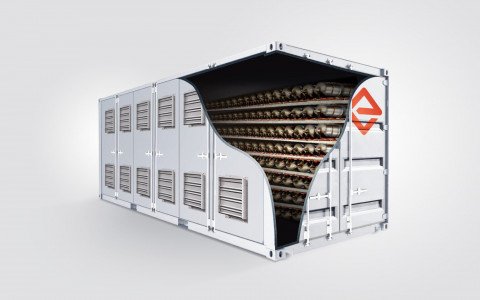
EnerVenue to set up 1 GWh Metal-Hydrogen Battery plant in Kentucky
Zinc Air Battery
This type of battery is similar in working as the aluminum air battery, and is being considered as a potential alternative to the Li-ion battery. While Li-ion batteries cost between $200-250/ kWh, zinc-air battery costs will be around $150 / kWh, and with more widespread adoption, costs are expected to go down below $100/kWh. They also have the advantage of being much more energy dense, have longer life, and are also much cheaper. Attainable energy density as of now is 500 Wh/kg.
RELATED: Exploring the potential of Zinc Battery technology
Phinergy, Arotech Corporation (US), Energizer Holdings (US), GP Batteries International (Hong Kong), Zinc8 Energy Solutions (Canada), are among the key players developing zinc-air battery technology. While development work is going in many parts of the world, in India zinc-air batteries are being developed by the I.I.T. Madras team.
SOLID STATE BATTERY
Solid-state batteries (SSBs) use solid electrolytes, a carbon-free anode, and a cathode composite layer. During charge or discharge, ions migrate into the ionically conductive solid matrix rather than into an ionic salt dissolved in the solution. Solid-state batteries—in which electrons flow through a solid material instead of a liquid or gel— are set to lead to electric vehicles with much longer range, and battery-storage systems that can hold more energy while taking up less space. Solid electrolytes weigh less and take up smaller space than liquids or gels. Construction in in the form of one unit of 14.4 V in place of 6 six series cells as per conventional format. This makes the overall size much smaller, and energy density much higher.
RELATED: Factorial previewed 100 Amp-Hour Solid State Battery Cell at CES 2023
There are engineering challenges delaying this technology from reaching EVs on commercial scale, which are expected to be resolved in soon. Among major manufacturers of solid-state batteries working on the technology are Bosch GmbH, Solid Energy System, Toyota Motor Corporation, Solid Power, Excellatron Solid State, Samsung SDI, and STMicroelectronics.
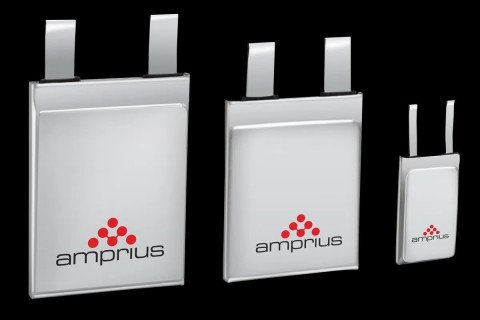
Amprius' tests its next-gen Silicon Anode Li-ion cells; Battery plant in Colorado confirmed
FLOW BATTERY
nanoFlowCell, U.S.A., has launched its 2+2-seater QUANTiNO Twentyfive sports car powered by seawater battery. The car does not have the traditional battery pack, but runs on flow battery. This is the first fully electric car without batteries. A compact electrolytic capacitor initially powers its 48VOLT E-drive, and then the flow battery takes over. Its tanks hold 33 gallons of its proprietary bi-ION electrolyte from seawater or industry water waste. The car has a range of 2000 km, and reaches 0-100 km in 2.5 seconds. The electrolyte is rather cheap at 10 cents / liter. Energy density of its flow battery is claimed at 600 Wh/kg - many times that of existing flow batteries, and much higher than Li-ion batteries.
These few energy sources that are eco-friendly, cheaper, and easily sourced, could meet the needs of the fast-growing EV market in the near future. While it cannot be said which of these will prevail in the long run, the future looks set to a favorable change in the EV industry. In addition, there is also a talk of nuclear batteries that are projected to last for centuries, which could be a game changer. These alternatives will change the way we store energy in the future for EV, stationary, electronics as also in space applications.
RELATED: Upcoming Renewable energy sources - Guest article by R. P. Deshpande
*R. P. Deshpande is an experienced capacitor specialist and consultant. He has pioneered development of many capacitor products, technologies, processes, and related applications. He has been working on diverse renewable energies and energy storage technologies since 2005.



